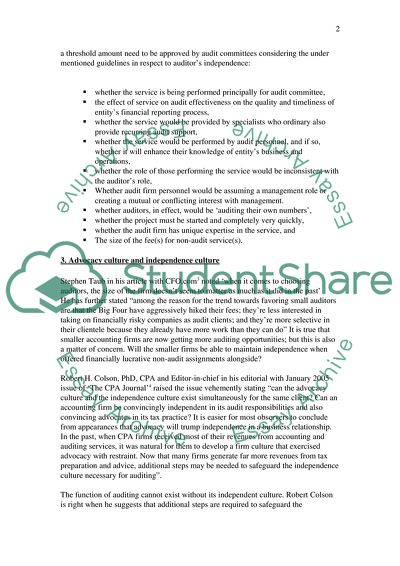Cite this document
(Auditing and Its Environment Assignment Example | Topics and Well Written Essays - 3250 words, n.d.)
Auditing and Its Environment Assignment Example | Topics and Well Written Essays - 3250 words. https://studentshare.org/finance-accounting/1707453-auditing-its-environment-assignment
Auditing and Its Environment Assignment Example | Topics and Well Written Essays - 3250 words. https://studentshare.org/finance-accounting/1707453-auditing-its-environment-assignment
(Auditing and Its Environment Assignment Example | Topics and Well Written Essays - 3250 Words)
Auditing and Its Environment Assignment Example | Topics and Well Written Essays - 3250 Words. https://studentshare.org/finance-accounting/1707453-auditing-its-environment-assignment.
Auditing and Its Environment Assignment Example | Topics and Well Written Essays - 3250 Words. https://studentshare.org/finance-accounting/1707453-auditing-its-environment-assignment.
“Auditing and Its Environment Assignment Example | Topics and Well Written Essays - 3250 Words”. https://studentshare.org/finance-accounting/1707453-auditing-its-environment-assignment.


